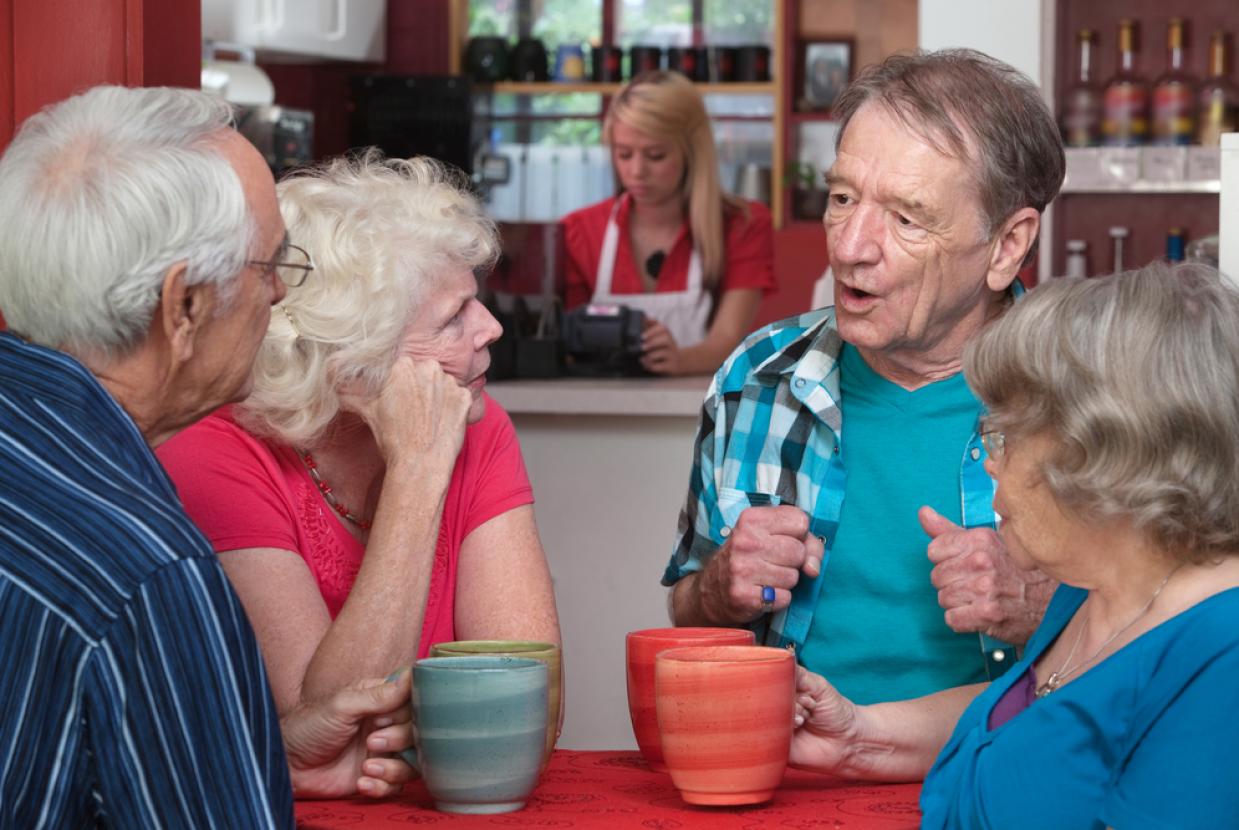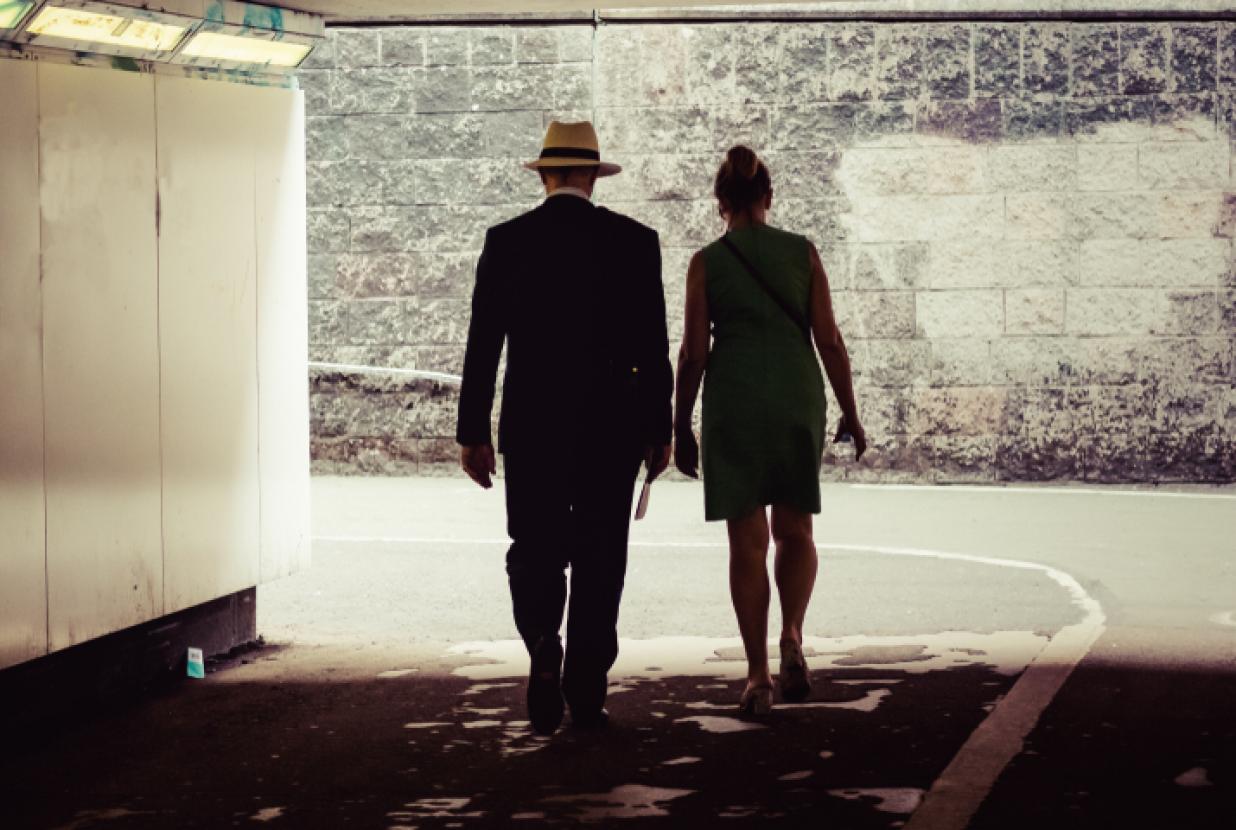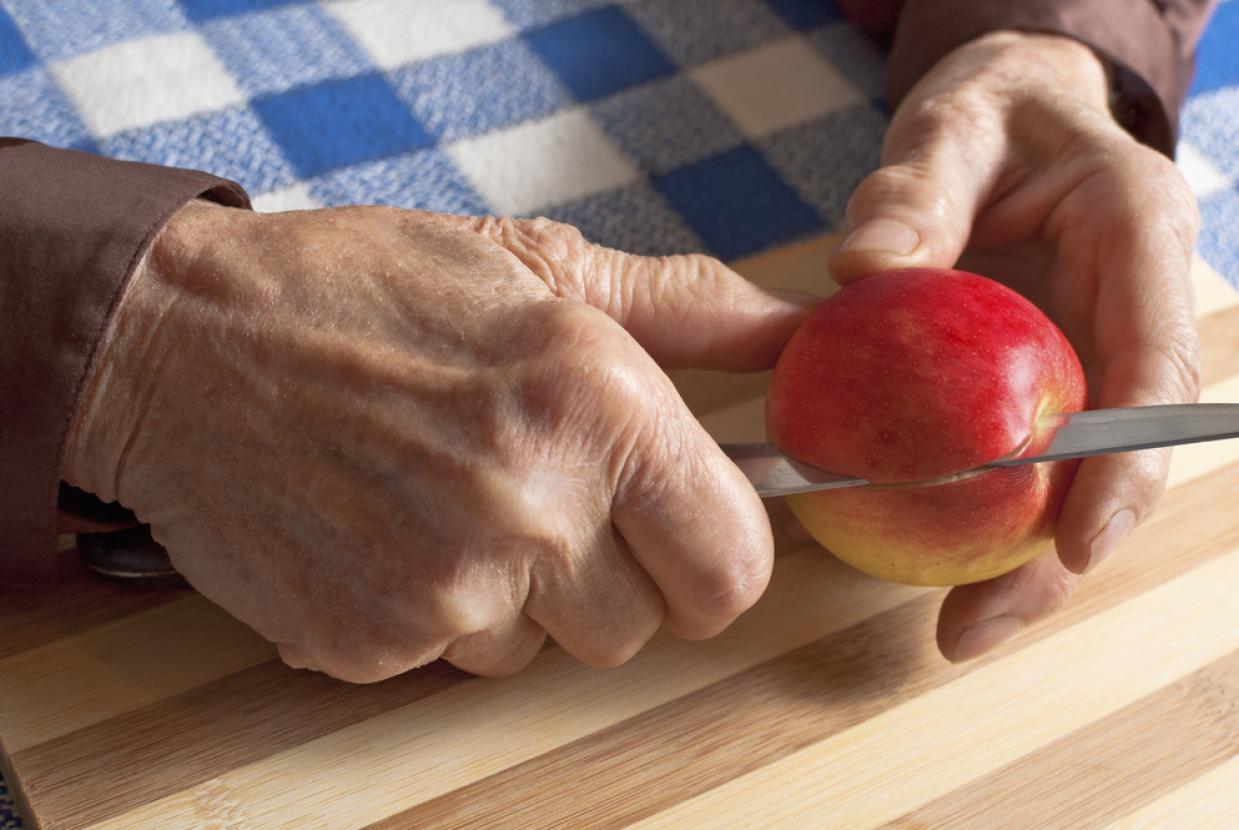The Benefits Of Gardening For People With Dementia
DementiaGarden designer Marina Randall shares her fascination and expertise for creating dementia-friendly spaces in nature. Nature can have very therapeutic benefits – I know my mood can be transformed just by stepping outside. So it’s disappointing to think that enjoying the outdoors is something that gets progressively harder for people with dementia.
Outdoor space can offer a huge sense of calm and wellbeing. In fact, the National Institute of Health has reported that a connection with nature is even more important in the later stages of dementia.
So if the question is “how can we make our own gardens more therapeutic for someone who is living with dementia?”, I think the main answer is to make it easier and more enticing to go outside.
It’s exciting to see how design is moving forward and recognising how people with dementia can benefit from more varied natural spaces.
Contrast, not colour, can help people with dementia
Something I love exploring is the challenge of what to plant. Again, in the past, it was assumed that very bright, varied colours were important because they’d be easy to read visually. But we now know that dementia doesn’t work that way, and it’s less about the brightness of the colour than the tonal contrast.
To someone with dementia, a bright pink and a bright yellow might look exactly the same because of their tonal value, so the key is to choose plants with different tones. You can do this yourself – put your phone camera on black and white mode and scan your flower beds to see what stands out.
People with dementia can embrace natural garden space
In the past, care environments tended to have enclosed, controlled spaces to create a sense of security.
For example, there used to be a big focus on signposting: ‘this way to get your coffee,’ or ‘this way to the herb garden’. But new research has shown that, for a lot of people with dementia, decision making is a major cause of stress. So it’s less stressful to be allowed to move intuitively through a space, rather than having to choose to go left or right.
Designers are encouraging that intuitive movement with trail paths that flow through different areas. Paths can be slightly sunken – imagine being on a river bed with sloped bank sides – so you can just follow them effortlessly. There’s no decision making, and the path will gently lead you back to where you started.
Make it personal for the person with dementia
Create a familiar environment that stirs feelings of reminiscence, and bring in some personal sensory elements to your garden. Certain types of plants are more likely to appeal to different generations – like a classic rose garden. If someone grew up around woodland, try to introduce those smells and textures, or maybe the scent of rosemary if it reminds them of Sunday roasts.
I knew very little about dementia before getting involved in garden design. But now I’m fascinated with how a space can change someone’s experience. As our understanding increases, design is moving away from controlled spaces to a much more welcoming environment.
Top tips for making a garden helpful for someone with dementia
Use touch and feel
Raised beds can help wheelchair users, but simply choosing taller plants with interesting textures and movement can help everyone interact more naturally.
Make it safe underfoot
A secure surface to walk on is important, and a ‘bound gravel’ path will provide a more natural way of preventing trips and stumbles than concrete or pavers.
Think about lighting up the space
Light can be very important to someone with dementia, so think about how you can light up darker areas to encourage longer outdoor evenings.
Make the most of small spaces
It doesn’t matter if you’ve got a small patio or just a window box, the act of growing and tending to something can provide a calming, meaningful day-to-day task.













































